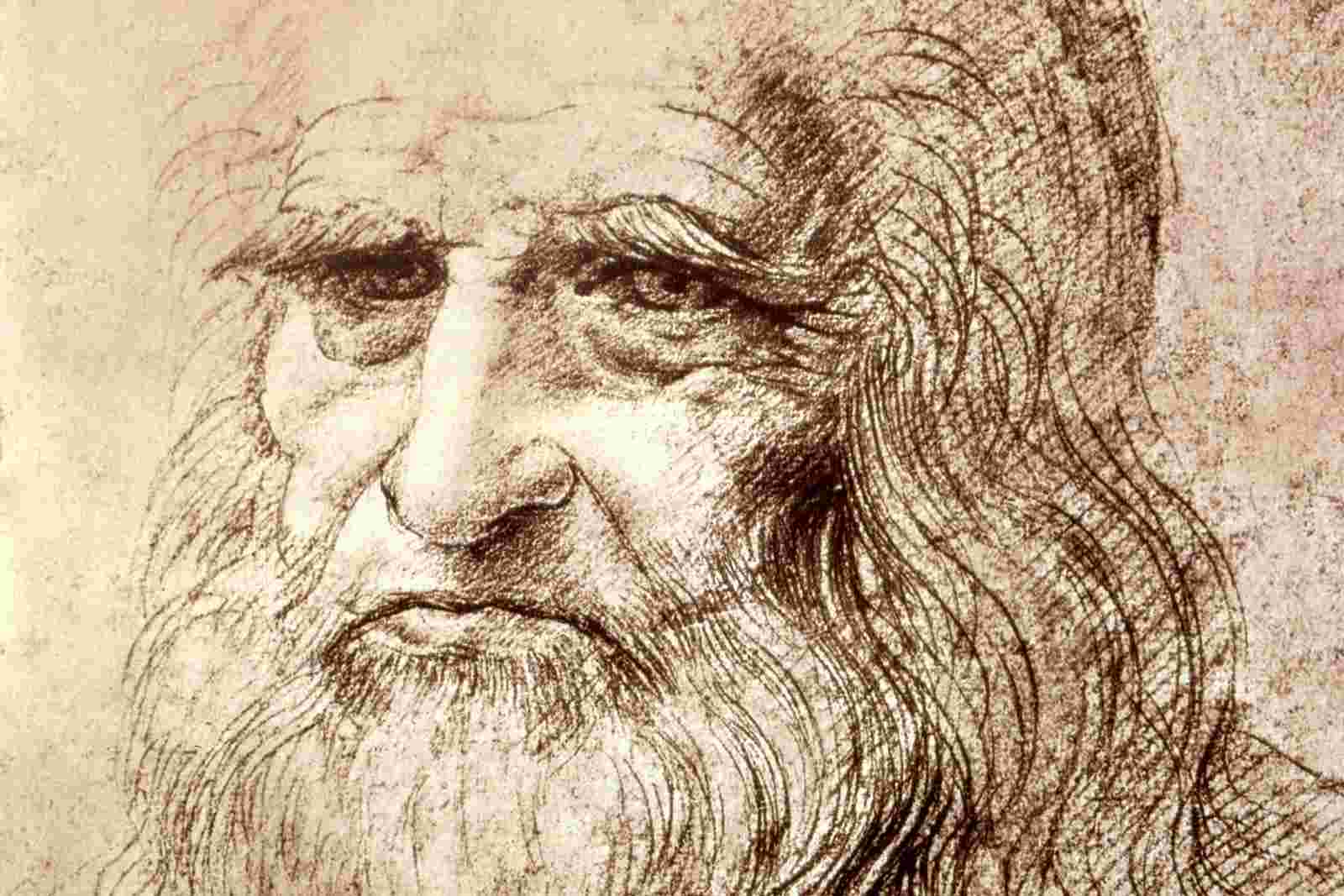
SAP Leonardo is the company’s new Internet of Things platform touted as a cloud-based “digital innovation system.”
SAP’s apt tagline: Intelligently connecting People, Things and Business, links the platform’s key constituents: devices, people and businesses to a portfolio of technologies and business services we have come to expect from an IoT business platform, such as device management APIs, big data, BPM, and analytics, and with the obligatory catchwords AI and machine learning sprinkled on top.
The concept highlights SAPs strengths in integration and a rich portfolio of microservices that could potentially include billing, enterprise asset management (EAM), contract management, and other key services that make up a complete outcome-based IoT solution. It also includes the all-important business transformation services (which, for some reasons, are classified on Leonardo’s website as Design Thinking).
But you may have not noticed a point that I find critical and SAP does spend much time articulating, and that is people’s Experiences, at the very bottom of the image on the right.
Under most definitions of IoT and its archetypal use cases, people are positioned only as consumers of device data and users of information dashboards and analytic tools.
Device connectivity enables an unprecedent insight into how people use and interact with devices: how they use certain features, difficulties they might have to utilize a piece of equipment effectively and safely, features they ignore, and so forth. This is an invaluable insight a digital innovation platform should provide product management, design engineers, quality managers, and many other stakeholders.
And there’s more. Connected users and, in particular, social media interactions provide ongoing feedback and early warning signs not only about product failures and software bugs, but are often eye-opening testimonials about general attitudes towards product features and usability and the strength of the brand. And, in fact, these warning signs are frequently visible sooner and are louder than the information available through the traditional channels such as tedious analysis of support tickets and warranty claims.
In a digitized and connected world, people are not only consumers of information, they are also producers of information and insight. In the always-connected world of IoT, people are “things”, too: they act as sensors that provide relentless, diverse and candid feedback about your products, your support operation, and your brand.
This concept is broader than the digital twin notion promoted by technology-centric IoT platform vendors, which draws its power from 3D design models, because it transcends the product’s physical boundaries to include social media and operations. SAP should give this argument a more prominent role in explaining its digital innovation platform strategy.
On a related note, SAP may be missing an opportunity by underutilizing its enterprise software heritage and not highlining the value of what I called in another blog article boring ERP software. Compared to the hot technologies of IoT: complex data analytics and artificial intelligence, some may find ERP software quite boring, but the information stored in enterprise software repositories, including ERP, SCM and CRM, is critically important to ensure accurate and efficient decision-making at all ranks in the organizations. SAP should leverage this strong advantage it has over technology-centric IoT platforms.
Image: Self Portrait (Leonardo da Vinci, 1512)

